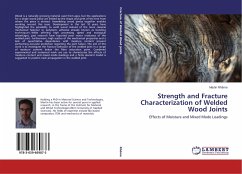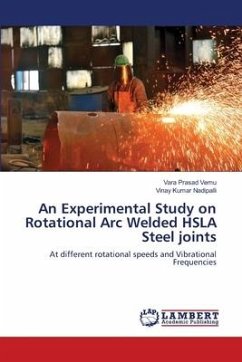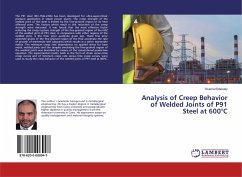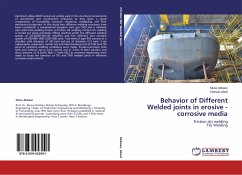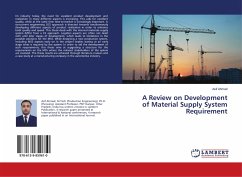Based on a comprehensive comparative analysis of the current core application standards (EN ISO 1090-2, EN 15085 and EN 13445), which demonstrates the coherent nature of the welding-technical quality requirements for welded joints in the industry's regulated area, the book a system of requirements designed for the unregulated industrial sector. This system uses the basic quality elements referred to in EN ISO 3834 and additional "reference requirements" that depend on the type and size of the load and the need for security for the welded joints. For the categorization of welded joints, the so-called "Production Requirement Grades" (PRG I, PRG II, PRG III, PRG IV, sorted in descending order) are introduced. In the system of requirements are also included the so-called "Special reference requirements". The need to comply with them stems from already proven phenomena and processes related to the security of welded joints, but not always included in the generally accepted technical rules (standards). As an example of such phenomena, particular attention is paid to the question of the "unidentified loss" of technological strength of metals in the welding process (cold, hot cracks, etc.)


